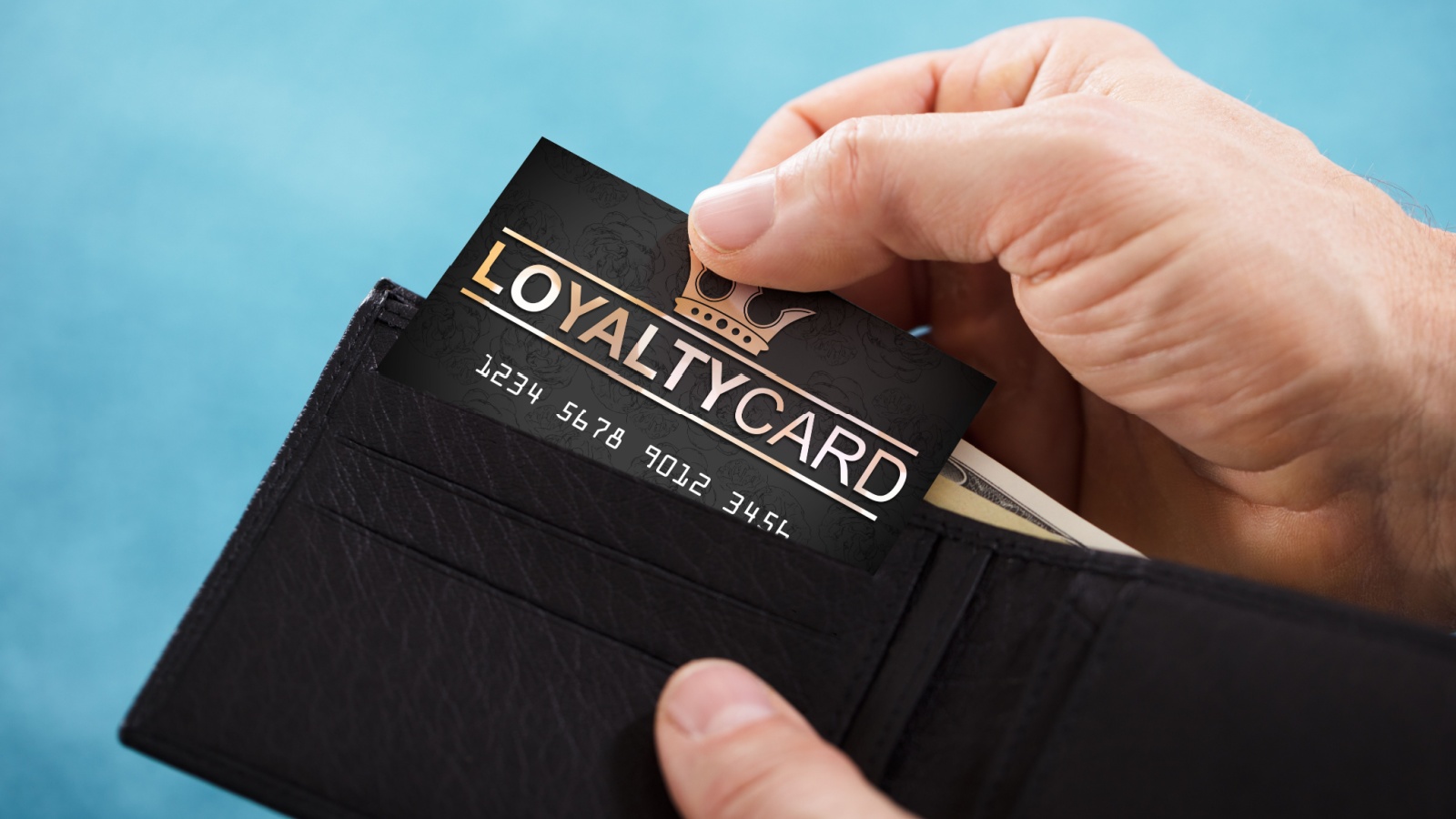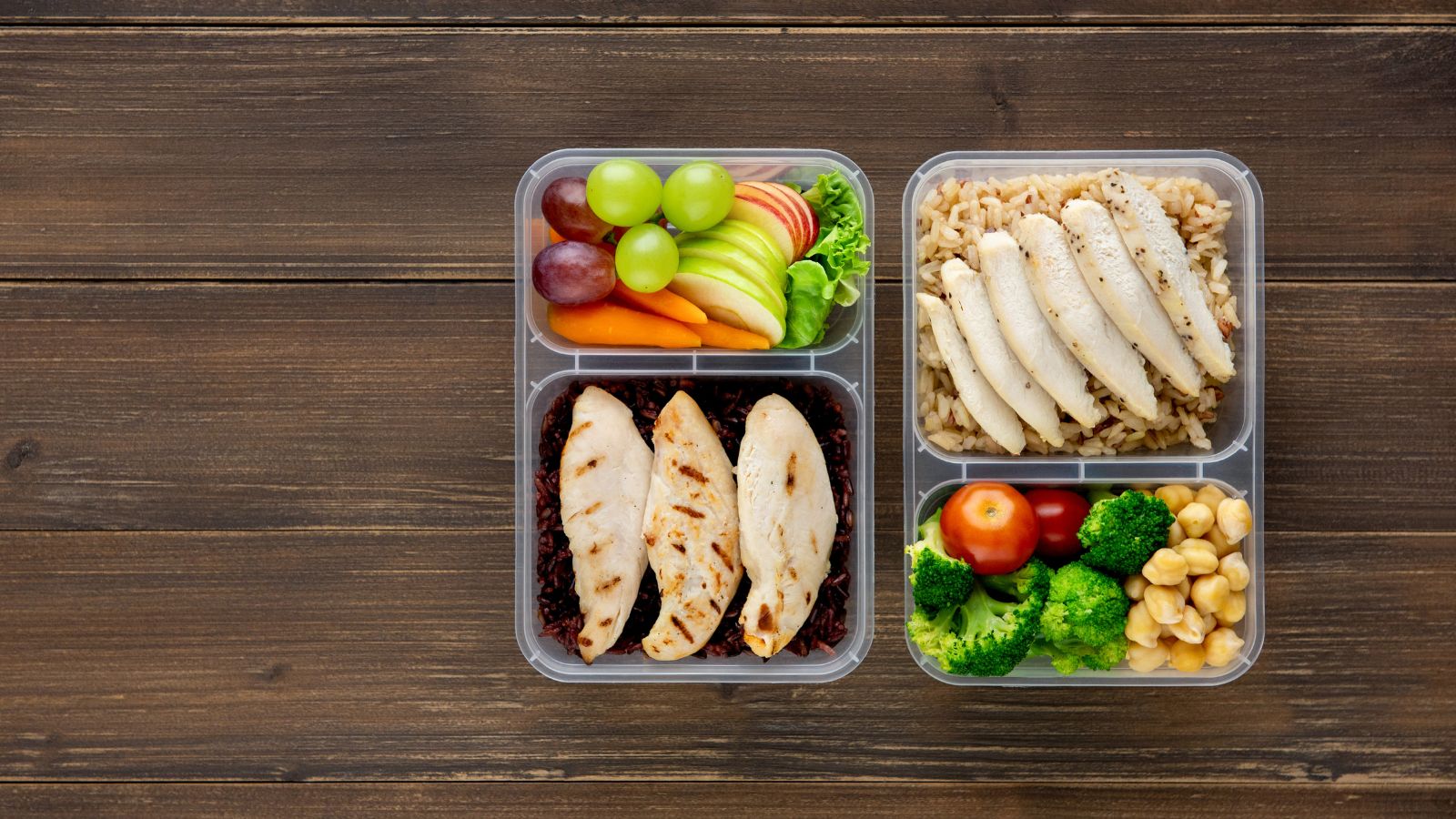Cutting expenses often brings to mind images of giving up the little comforts that make life enjoyable. But saving money doesn’t have to mean a diet of instant noodles or refusing to use the heater in Here are 22 ways to cut your expenses without sacrificing comfort.
Cook More Meals at Home

Eating out is convenient, but it comes with a hefty markup. Preparing meals at home allows you to control both quality and cost. A simple dinner at a restaurant might run $25 per person, whereas the same dish at home could cost a fraction of that. Beyond saving money, home-cooked meals often provide larger portions and healthier ingredients. You don’t have to cook elaborate dishes daily; batch cooking on weekends and reheating during the week can cut down on effort. Plus, investing in staples like rice, pasta, beans, and frozen vegetables can create endless affordable meal variations while keeping dining enjoyable.
Embrace Generic Brands

Many people automatically reach for brand-name products, assuming they’re superior. Yet generic versions often come from the same factories with nearly identical ingredients. Whether it’s medication, pantry staples, or household cleaning supplies, generic products can save up to 30–50% without compromising comfort. A good strategy is to compare ingredient lists; if they match, you’re essentially paying extra for the packaging and marketing of a brand.
Make Use of Loyalty Programs

Supermarkets, pharmacies, and even gas stations offer loyalty programs that reward repeat customers with discounts or points. Signing up is usually free, and if you’re already shopping there, it’s essentially free money. For example, a points system may earn you $10 back for every $100 spent, which quickly adds up over a year. To maximize benefits, combine these programs with coupons or promotions, stacking savings without changing your habits.
Use Public Transit More Often

Owning and operating a vehicle comes with fuel, insurance, parking, and maintenance costs that can add up quickly. If you live in an area with reliable public transportation, consider using it more frequently. Even reducing car use by two or three days a week can lead to noticeable savings over time. Monthly transit passes are often much cheaper than the cumulative expenses of driving. Additionally, taking public transit can reduce stress from traffic and give you extra time to read, listen to podcasts, or relax during commutes, without compromising your comfort.
Cancel Subscriptions You Rarely Use

Streaming services, gym memberships, and software subscriptions often quietly drain your account. Many people sign up during promotional periods and forget to cancel when prices increase. Reviewing your recurring charges once a month can highlight services you barely use. If you find that you only watch one show on a platform, it might be cheaper to cancel and resubscribe later when more content interests you. By trimming away just a few unused subscriptions, you can save hundreds annually while still keeping the ones you truly enjoy and use frequently.
Shop with a List

Impulse purchases often inflate grocery and household bills. Going shopping without a list usually results in grabbing extra items that weren’t planned, many of which end up unused. Creating a shopping list before heading to the store keeps you focused on essentials and helps prevent waste. Sticking to a list also makes it easier to compare prices and hunt for deals. Over time, this simple habit ensures you buy only what you need, which cuts costs significantly while still stocking your kitchen and home with everything required for comfort.
Take Advantage of Free Entertainment

Entertainment costs can quickly add up, whether it’s movies, concerts, or theme parks. But many communities offer free or low-cost events such as festivals, outdoor concerts, public lectures, or museum days. Public libraries also provide free access to books, movies, music, and even streaming platforms. Instead of spending $50 on a single night out, you could enjoy multiple free events that provide just as much enjoyment. Being open to these alternatives keeps your leisure time fun and engaging without placing a strain on your wallet.
Buy in Bulk—Smartly

Purchasing in bulk can save money, but only if done wisely. Staples like rice, flour, pasta, and canned goods have long shelf lives and are cheaper per unit when bought in larger quantities. However, buying items you won’t use or can’t store properly leads to waste and defeats the purpose. Wholesale clubs and bulk sections in supermarkets make it easier to stock up on essentials while keeping costs low. By focusing bulk purchases on non-perishables and household supplies, you reduce the frequency of shopping trips and stretch your dollars further without sacrificing quality.
Switch to Energy-Efficient Appliances

While replacing appliances requires upfront costs, the long-term savings from energy efficiency are significant. Newer appliances often consume much less electricity and water compared to older models. For example, energy-efficient washing machines can cut water usage by half, lowering both utility and water bills. Over time, these savings add up while also reducing environmental impact. Additionally, governments or utility companies sometimes offer rebates or tax credits for upgrading to efficient appliances, which further reduces costs.
Negotiate Your Bills

Many people assume bills are fixed, but providers often have flexibility. Contacting your internet, phone, or insurance company to inquire about promotions or discounts can result in lower rates. Companies prefer retaining existing customers over losing them, so they may offer deals if you ask. It helps to mention competitor prices as leverage. This small effort could save hundreds annually without reducing your service quality. Plus, negotiating doesn’t require giving anything up; it simply means making sure you’re not overpaying for the same level of comfort you already enjoy.
Cut Down on Coffee Shop Visits

Buying coffee daily may seem inexpensive, but those $4 cups quickly accumulate. Brewing your own coffee at home provides nearly the same enjoyment at a fraction of the price. You don’t even need to settle for basic instant coffee; there are affordable brewing devices that replicate café-quality drinks. By limiting coffee shop visits to occasional treats rather than daily habits, you can save hundreds of dollars per year. Also, this simple change maintains your caffeine fix while keeping more money in your pocket without feeling deprived.
Use Reusable Items Instead of Disposable Ones

Disposable items like paper towels, bottled water, and plastic cutlery may seem cheap individually, but they become expensive over time. Switching to reusable alternatives, cloth towels, refillable bottles, and durable utensils, significantly lowers ongoing costs. These items also tend to be sturdier and more pleasant to use, adding comfort rather than subtracting it. Though initial purchases might cost slightly more, the savings accumulate quickly as replacements are no longer needed.
Rethink Gym Memberships

Many people pay for gym memberships they rarely use, hoping it will motivate them. If the facility is underused, it may be worth switching to alternatives like home workouts, local fitness classes, or outdoor exercise. Free apps and YouTube channels offer structured routines without ongoing costs. Investing once in basic equipment like resistance bands or dumbbells can create long-lasting value. For those who still enjoy gym visits, consider switching to a community center or lower-cost facility.
Plan Your Meals to Reduce Food Waste

Food waste is essentially money thrown away. Planning meals helps ensure ingredients are fully used instead of being forgotten in the fridge. A weekly plan allows you to create grocery lists that align with recipes, maximizing efficiency. Leftovers can also be repurposed into new meals, extending their value. For instance, roasted chicken can become sandwiches or soups the next day. By minimizing waste, you cut down on grocery costs while still enjoying a variety of satisfying dishes throughout the week.
Take Advantage of Price Matching

Many retailers offer price matching if you find the same item cheaper elsewhere. Presenting proof of a lower price allows you to enjoy the convenience of one store while paying less. This strategy is beneficial for electronics, appliances, or large household items where the savings can be substantial. Even smaller items like groceries sometimes qualify. Checking competitor prices online before making purchases ensures you never overpay.
Limit Impulse Online Shopping

Online stores are designed to tempt you with flash sales and recommendations. While convenient, unplanned purchases often strain budgets. A helpful approach is to wait 24 hours before buying non-essential items; this cooling-off period helps distinguish between wants and needs. Often, the desire fades, and saving money becomes a sacrifice-free endeavor. Browser extensions can also help by blocking promotional pop-ups or automatically applying coupons.
Cut Back on Utility Waste

Small changes in household habits can reduce utility bills without affecting comfort. Turning off lights when not needed, lowering the thermostat slightly, or unplugging idle electronics prevents unnecessary energy use. Installing LED bulbs and programmable thermostats further enhances savings with little effort. None of these adjustments means living in discomfort; they eliminate waste. Over a year, the savings from these minor actions can be significant, proving that smart energy use is one of the easiest ways to cut expenses.
Share Subscriptions with Family or Friends

Many streaming platforms and software services allow multiple users under one account. Instead of paying for separate subscriptions, consider sharing costs with trusted family or friends. Splitting a $20 plan among four people reduces your expense to $5 while keeping access to the full service. This arrangement works well for entertainment, cloud storage, or premium apps. Everyone saves money while enjoying the same features. Just ensure the arrangement follows the provider’s terms of service to avoid issues.
Repair Instead of Replacing

Modern consumer culture encourages replacement over repair, but fixing items is often cheaper and more practical. Clothing can be mended, electronics repaired, and furniture restored at lower costs than buying new. Many repair tutorials are freely available online, making DIY fixes accessible. Even professional repairs can extend the life of products significantly, saving you money in the long run.
Choose Off-Peak Travel Times

Traveling during holidays or peak seasons drastically increases costs. Shifting trips to off-peak times can cut expenses on flights, accommodations, and attractions without reducing the enjoyment of your trip. Airlines and hotels often offer discounts outside of high-demand periods, and destinations are typically less crowded. This means you save money while enjoying a more relaxed experience. If schedules are flexible, traveling midweek instead of weekends can also lower transportation costs.
Reduce Alcohol and Takeout Spending

Ordering drinks at bars or purchasing alcohol at restaurants significantly increases dining bills. Similarly, frequent takeout adds up quickly compared to cooking at home. Cutting back on these indulgences, even slightly, can save hundreds of dollars a year. This doesn’t mean eliminating them, but reserving them for special occasions makes them more enjoyable while keeping costs under control. Stocking up on affordable beverages at home and learning a few simple takeout-style recipes can provide similar enjoyment at much lower expense.
Reevaluate Insurance Coverage

Insurance is essential, but many people overpay for coverage they don’t need. Reviewing policies annually ensures you’re not carrying outdated or excessive plans. For instance, if your car has depreciated, lowering collision coverage might save money without a meaningful risk. Shopping around for quotes also often reveals cheaper options with comparable benefits. Not to mention, taking time to reassess ensures you’re paying only for coverage that protects your current situation, maintaining security while cutting unnecessary costs.
21 Products Canadians Should Stockpile Before Tariffs Hit

If trade tensions escalate between Canada and the U.S., everyday essentials can suddenly disappear or skyrocket in price. Products like pantry basics and tech must-haves that depend on are deeply tied to cross-border supply chains and are likely to face various kinds of disruptions
21 Products Canadians Should Stockpile Before Tariffs Hit
